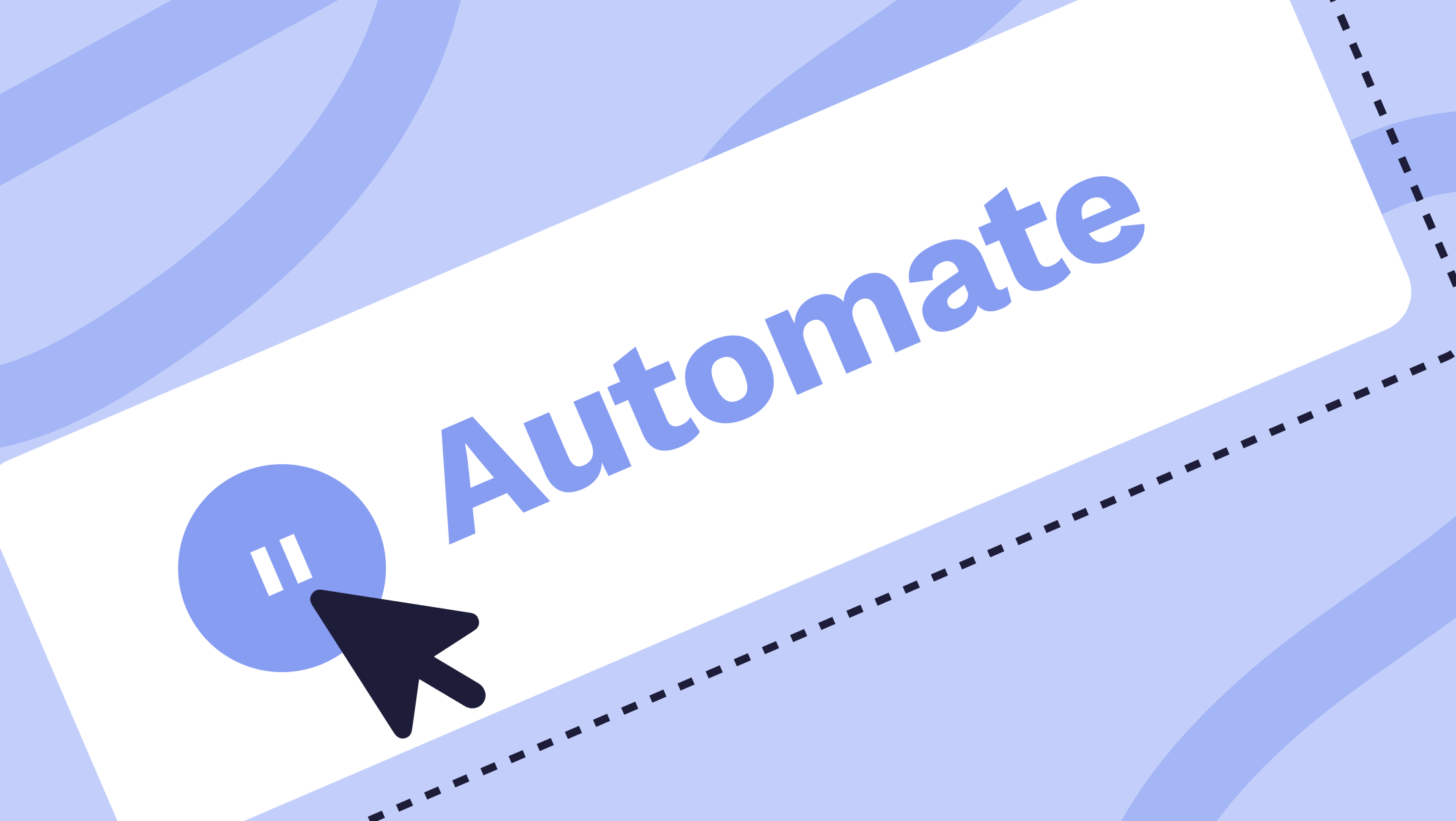
Easy IoT Project Ideas for Bangladeshi Students to Improve Homes and Farms

Dial Chowdhury
20 October 2025 . 10 Minute Read
Introduction: The Future of Smart Living Starts Here
The Internet of Things (IoT) is changing how people across Bangladesh live, work, and farm. From automatic irrigation systems in Rajshahi to smart home devices in Dhaka, IoT brings technology and practicality together.
In a country where challenges like water shortage, energy waste, and manual farming still exist, IoT solutions can make daily life smarter and more efficient.
The best part? You don’t need to be an engineer to start with Arduino, NodeMCU, or Raspberry Pi; even school or college students can build meaningful IoT devices using low-cost sensors and modules.
This blog explores easy, practical IoT project ideas designed for Bangladeshi environments — especially focusing on smart homes and smart agriculture.
? Theoretical Framework: Understanding IoT for Local Innovation
The Internet of Things (IoT) is a network of connected devices that collect, process, and share data using the internet. These devices — called “smart objects” — use sensors, microcontrollers, and connectivity modules (like Wi-Fi or GSM) to perform automated actions.
Key Concepts:
-
Sensor: Detects physical changes (e.g., temperature, motion, soil moisture).
-
Actuator: Performs an action (e.g., turning on a motor, opening a valve).
-
Microcontroller: The “brain” (e.g., Arduino or Raspberry Pi) that processes data.
-
Cloud or Local Server: Stores and analyzes collected information.
In simple terms, IoT connects the physical world to the digital world so devices can “talk,” “think,” and “act” without needing constant human input.
For Bangladeshi students, this opens doors to innovation in Smart Bangladesh 2041, where automation, data-driven farming, and connected homes are key priorities.
? Section 1: Simple IoT Projects for Bangladeshi Homes
1. Smart Home Energy Monitor
Purpose: Track real-time electricity usage.
How It Works:
A current sensor measures power flow and sends data to an Arduino or NodeMCU, which uploads it to a web dashboard or app.
Benefits:
-
Helps reduce energy waste and control bills.
-
Promotes awareness about efficient energy use.
Local Relevance:
Ideal for households in Dhaka or Chattogram where power usage is high and bills fluctuate.
2. Gas Leak Detection System
Purpose: Detect LPG leaks and send safety alerts.
How It Works:
An MQ-2 gas sensor detects leaks and triggers a buzzer or SMS alert via a GSM module.
Benefits:
-
Prevents accidents in homes and restaurants.
-
Sends alerts even when residents are away.
Local Relevance:
Critical for homes and flats using LPG cylinders in cities and rural areas.
3. Automated Door Lock with Fingerprint or RFID
Purpose: Ensure secure access control.
How It Works:
A fingerprint sensor or RFID card verifies the user. The system unlocks only for authorized persons.
Benefits:
-
Enhances safety and convenience.
-
Eliminates key dependency.
Local Relevance:
Useful for schools, labs, or rental homes in urban centers.
4. Water Level Monitoring for Overhead Tanks
Purpose: Prevent overflow and motor burnout.
How It Works:
An ultrasonic sensor measures the water level and stops the motor when the tank is full.
Benefits:
-
Saves water and electricity.
-
Extends motor life.
Local Relevance:
Very effective in city households where water tanks are filled daily.
? Section 2: Simple IoT Projects for Bangladeshi Agriculture
1. Smart Irrigation System
Purpose: Automate watering based on soil moisture.
How It Works:
A soil moisture sensor triggers a relay to start the pump when soil is dry. Controlled remotely via a mobile app.
Benefits:
-
Saves time and water.
-
Boosts yield with precise irrigation.
Local Relevance:
Ideal for farmers in Rajshahi, Barishal, or Rangpur.
2. IoT-Based Weather Station
Purpose: Record local weather data.
How It Works:
Sensors like DHT11 and BMP180 measure humidity, temperature, and pressure. Data is uploaded to a cloud dashboard.
Benefits:
-
Assists with crop planning and harvest scheduling.
-
Detects weather anomalies early.
Local Relevance:
Helps coastal farmers in Khulna or Cox’s Bazar prepare for storms.
3. Smart Poultry Farm Monitor
Purpose: Maintain healthy conditions for chickens.
How It Works:
Temperature and humidity sensors trigger fans or vents when needed.
Benefits:
-
Reduces poultry mortality.
-
Increases production efficiency.
Local Relevance:
Essential for small farms in Gazipur or Mymensingh.
4. Crop Theft Detection System
Purpose: Detect night-time movement in farms.
How It Works:
PIR motion sensors detect intruders and send alerts to the farmer’s phone.
Benefits:
-
Prevents theft and damage.
-
Enables real-time monitoring.
Local Relevance:
Useful for remote paddy and vegetable farms.
⚙️ Tools and Components You’ll Need
| Component | Purpose |
|---|---|
| Arduino / NodeMCU | Main control unit |
| Soil Moisture Sensor | Detects soil water content |
| DHT11 / DHT22 | Measures temperature and humidity |
| Ultrasonic Sensor | Detects water level |
| Relay Module | Controls motors or pumps |
| Wi-Fi Module (ESP8266) | Connects to the internet |
| GSM Module (SIM800L) | Sends SMS notifications |
| Buzzer / LED | Gives visual or audio alerts |
? Where to Find:
All components are available in Patuatuli (Dhaka) markets or online stores like Robu, TechShopBD, or PiStoreBD.
? Conclusion: From School Projects to Smart Bangladesh
IoT projects are not just fun experiments — they are pathways to real innovation.
By building simple devices like smart energy meters or automated irrigation systems, Bangladeshi students can help families, farmers, and communities live smarter.
Even a small school project can become the next big startup idea — improving sustainability, safety, and efficiency nationwide.
Start small, learn consistently, and think local — because Smart Bangladesh starts with smart students like you.
? Key Takeaways
-
IoT combines sensors, data, and automation to solve real problems.
-
Students can build low-cost IoT projects with Arduino or NodeMCU.
-
IoT helps in areas like energy efficiency, agriculture, and safety.
-
Local innovations can directly support the Smart Bangladesh Vision 2041.
❓ Frequently Asked Questions (FAQ)
Q1. What’s the easiest IoT project for beginners in Bangladesh?
A: Start with a Smart Water Level Monitor — it’s simple, affordable, and very practical for homes.
Q2. Do I need to be a programmer to make IoT projects?
A: No. Basic Arduino coding and electronics knowledge are enough. Tutorials and open-source codes are widely available online.
Q3. How can IoT help farmers in Bangladesh?
A: Through smart irrigation, weather monitoring, and crop protection, IoT helps farmers save time, water, and costs.
Q4. Where can I buy IoT tools locally?
A: Electronics parts are available at Patuatuli (Dhaka) or online platforms like TechShopBD and Robu.
Recent blogs

06 November 2025
8 Min Read

06 November 2025
7 Min Read


